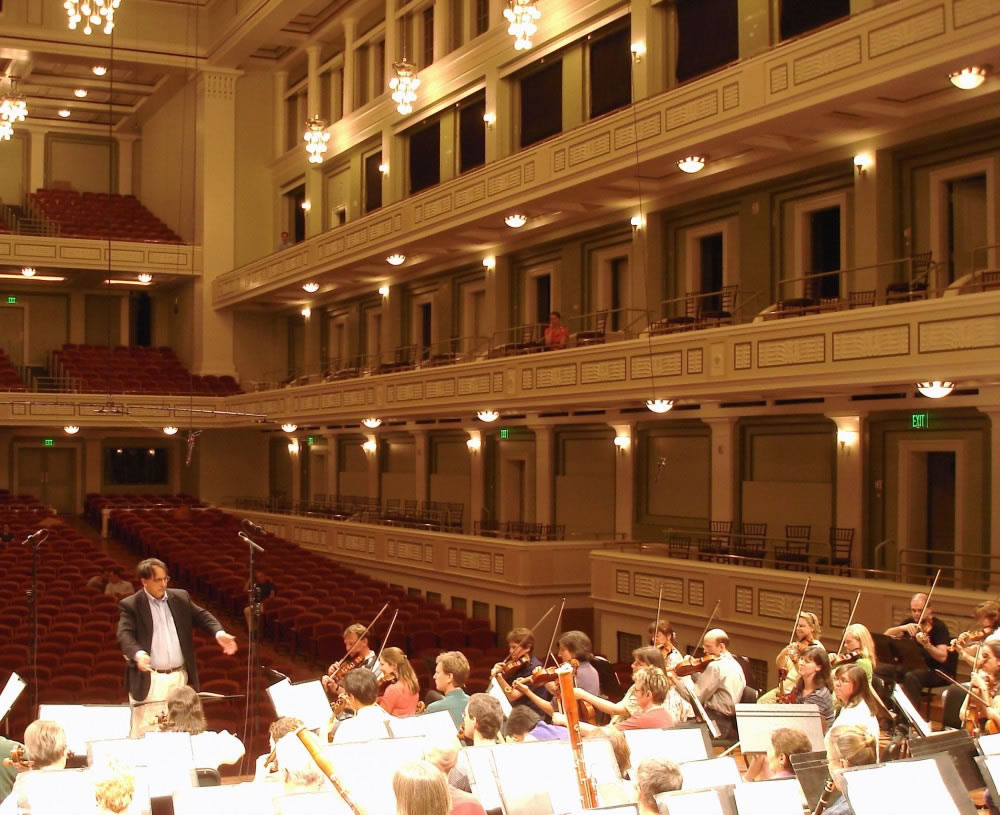In contrast to the “outside in approach” discussed in my last installment, great concert hall design starts with accommodating the essential requirements of both performers and audience, then moving outward in its architectural expression for support areas and public spaces….an “inside out approach”. There is an old expression: “form follows function” which today’s designers of concert halls and theaters would do well to return to their philosophy.
And this concept can also be adapted to the entire process of project development from conception through opening with great effect.
As an example of how this can work, I would like to return now to our experience in developing the Nashville Symphony project, to highlight the organizational elements that led to what the Wall Street Journal referred to in its review of the opening as the “most successful auditorium built in a century”.
What are the procedural (as opposed to design) conditions that led to this success?
Most importantly, I think, the client was not a municipality seeking iconic architecture for the cover of the local telephone directory, the client was the Nashville Symphony itself.
The project theater designer, cost consultant, and acoustician were hired by the Symphony after qualification interviews to develop critical design parameters before architects were even approached. In this way the client was able to receive critical technical advice, unfiltered by architectural bias, throughout all stages of project design and construction.
Selection of the architect was ultimately based upon successful experience in developing similar public assembly projects, on time and on budget, not on providing an architectural concept within the minimal amount of time and financial limitations usually allowed by competitions.
Once the design team was in place, the basic concept for the project was jointly developed with the client. During design and construction the design intent of the concept remained constant, to the extent that at the end of each meeting the client would ask, “Have we made any decision today that will negatively influence the acoustics of this hall?”
Finally, the hall was substantially complete three months before the gala opening. This allowed for a full series of acoustic test rehearsals and concerts to be able to implement fine-tuning adjustments to hall geometry and materials prior to opening.
The success of the project for Nashville is not only a subjective judgment, it is quantifiable:
The Schermerhorn Symphony Center opened in 2006 on time, on budget, and at less than half the cost of recent projects such as Los Angeles’ Disney Hall and Philadelphia’s Verizon Hall. Four years after opening, over $300 million has been invested in residential and commercial development of property nearby. The Center has literally become the “living room” of the City, and the orchestra is playing at a level never reached before. Orchestra season subscriptions have more than doubled, and the hall continues to develop its acoustic reputation as one of the best in the world.




